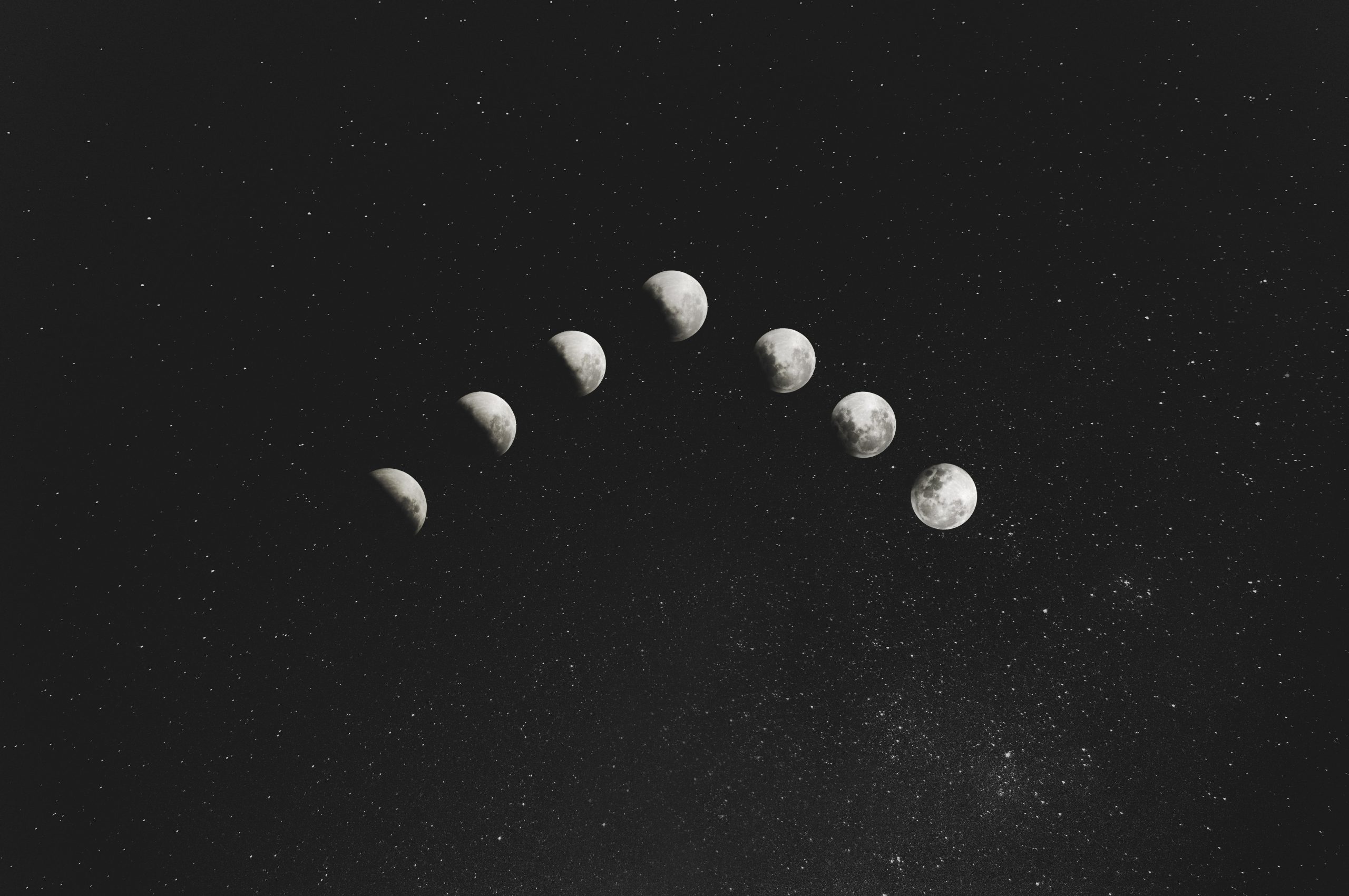The Lunar Cycle: A Fascinating Celestial Phenomenon
The lunar cycle is a celestial phenomenon that has captivated humans for centuries. The moon, our closest celestial neighbor, undergoes a series of phases that repeat in a predictable pattern known as the lunar cycle. This cycle, which lasts approximately 29.5 days, influences numerous aspects of our lives, from tidal patterns to cultural celebrations. In this blog post, we will delve into the intricacies of the lunar cycle, exploring its phases, effects, and historical significance.
Understanding the Lunar Cycle
The lunar cycle refers to the recurring changes in the moon’s appearance as it orbits around Earth. This cyclical pattern occurs due to the interplay between the sun, Earth, and the moon. When sunlight hits the moon, it illuminates different portions of its surface, resulting in the familiar phases we observe from Earth.
The lunar cycle consists of eight distinct phases, which gradually transition from one to another. These phases are:
- New Moon
- Waxing Crescent
- First Quarter
- Waxing Gibbous
- Full Moon
- Waning Gibbous
- Last Quarter
- Waning Crescent
Phases of the Lunar Cycle
New Moon: The lunar cycle begins with the new moon phase. During this phase, the moon is positioned between the Earth and the sun, with the side illuminated by the sun facing away from us. As a result, the moon appears completely dark or invisible from Earth.
Waxing Crescent: After the new moon phase, a small sliver of the moon becomes visible. This is known as the waxing crescent phase. The illuminated portion slowly grows larger each day until it reaches the next phase.
First Quarter: At the first quarter phase, the moon appears as a half-circle in the sky. We can see exactly half of the moon’s illuminated portion during this phase.
Waxing Gibbous: Following the first quarter, the waxing gibbous phase occurs. During this phase, more than half, but not all, of the moon’s surface is illuminated. The bright side of the moon gradually expands towards the full moon phase.
Full Moon: The full moon phase is arguably the most well-known phase of the lunar cycle. At this stage, the entire side of the moon facing Earth is fully illuminated, creating a mesmerizing and enchanting spectacle in the night sky.
Waning Gibbous: After the full moon, the waning gibbous phase commences. Similar to the waxing gibbous phase, the illuminated area of the moon gradually decreases during this stage.
Last Quarter: During the last quarter phase, exactly half of the moon’s illuminated surface is visible once again. However, this time, the illuminated side is opposite to what we saw during the first quarter phase.
Waning Crescent: The final phase of the lunar cycle is the waning crescent. During this stage, only a small crescent-shaped portion of the moon is visible. The illuminated side continues to decrease until it reaches the new moon phase and the cycle begins anew.
Effects of the Lunar Cycle
The lunar cycle exerts various effects on our planet, with the most prominent one being the tidal patterns in our oceans. The gravitational pull of the moon, coupled with the rotation of the Earth, causes the oceans to bulge slightly towards and away from the moon. This results in the rising and falling of tides.
Additionally, the lunar cycle has long been associated with human behavior and emotions. While scientific evidence is inconclusive, many people believe that the moon’s phases can influence sleep patterns, mood swings, and even crime rates. The concept of a “lunar effect” continues to be a topic of fascination and research.
Historical Significance of the Lunar Cycle
The lunar cycle has held great significance in various cultures throughout history. Observing the moon’s phases was vital for early civilizations to track time and plan activities like farming and hunting.
Many cultures have lunar calendars based on the lunar cycle. The Islamic calendar, for example, follows a purely lunar system, with each month beginning at the sighting of the new moon. The Chinese and Hebrew calendars also incorporate lunar elements alongside solar calculations.
Ancient civilizations, such as the Mayans and ancient Egyptians, worshipped moon deities and incorporated lunar symbolism into their religious practices. The moon was often associated with femininity, fertility, and rebirth.
Conclusion
The lunar cycle is a captivating celestial phenomenon that has intrigued humanity for centuries. Through its eight distinct phases, the moon waxes and wanes, shining its ethereal light upon the Earth. The influence of the lunar cycle can be seen in everything from the ebb and flow of tides to the cultural and spiritual significance it holds in societies around the world. Whether you gaze at the moon with wonder or study its effects, the lunar cycle continues to be a source of awe and inspiration.
Table of Contents
